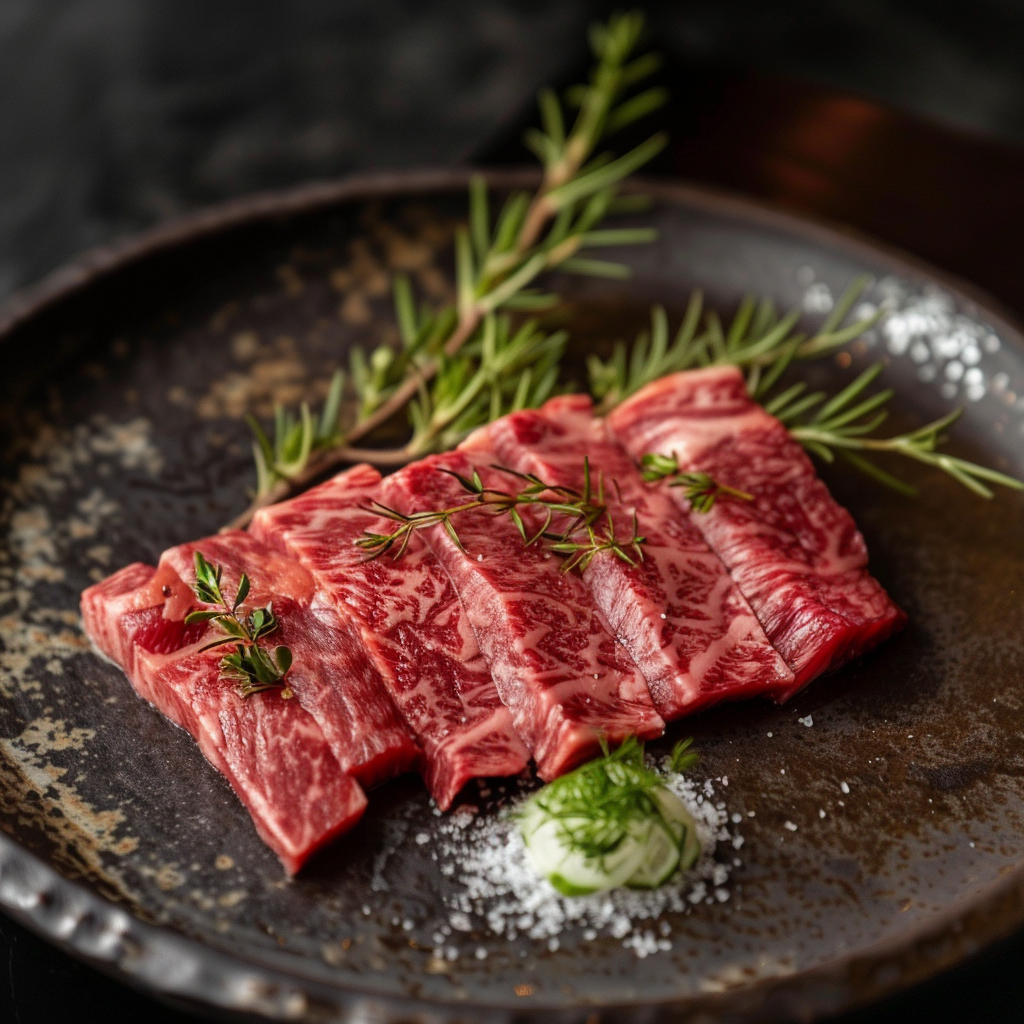Cell-based meat is not exactly Kobe beef but a potentially sustainable alternative
Amidst climate change and disruptive human activities pushing food security and sustainability over their limits, washoku — meaning Japanese food — may be a beacon of hope for many.
Washoku is a familiar word in gastronomy. Whether wagyu (Japanese prime beef) qualifies as Japanese food is debatable. The consumption of beef as a delicacy only started in the late 19th century and was limited to elites, including Emperor Meiji.
Traditionally, washoku does not contain beef, but today’s Japan — and Japanese-style curry—would not be the same without beef, particularly steak. Still, preparing other animal meat would be highly unusual.
Once upon a time, washoku relied strictly on locally grown ingredients. However, in a recent report by the Ministry of Agriculture, Forestry and Fisheries, Japan’s food self-sufficiency ratio is now lower than 40%. The problem of sustainability and global warming persists, with livestock farming’s generous contribution to its carbon footprint. One drastic solution is to cut meat out of people’s diets entirely.
Now, on-the-fence omnivores may be delighted to know that a research team at the University of Tokyo (UTokyo) is recreating beef-like lab-grown meat with a similar consistency as the real McCoy — fat, protein, and all. Previous endeavours in developing cultured meat have focused on muscle tissue, which does not translate entirely to lean meat.
“It had umami and was chewy,” says Shoji Takeuchi of UTokyo’s Graduate School of Information Science and Technology, seeking positive sides to their creation.
Other meat alternatives are minced, as in animal-free burger patties, but Takeuchi’s team aims to create a convincingly beefy, chunky, lab-grown steak with the right look, taste, and texture. The new technology enables the 3D structure of muscle tissue in vitro.
After increasing the number of mature muscle cells on collagen medium last March, the team fused 40 elongated sheets of aligned muscle fibres, stacked to construct a diced steak.
“Our sample can twitch like real muscles by electrical stimulation,” notes Takeuchi, describing the cultivated wagyu in UTokyo’s joint research with Nissin Food Holdings, a major food company synonymous with the world’s first cup noodle.
“Although we extracted cells from cattle, cultured them, and recreated cattle tissues, our meat did not taste like meat,” adds Takeuchi.
The team’s next plan is to quantify taste by deducing the point at which cultured cells change into consumer-grade meat instead of chasing after an elusive X factor.
Today, vegans and other environmentally conscious consumers have plant-based meat alternatives, such as meat-imitating soy flakes. Whether such gourmands convert to cultivated meat in the future depends on several factors: public sentiment and government regulation.
To reduce costs, researchers are developing a mass culture of cells using algae as a nutrient source. In contrast to the requirements for resource-demanding livestock, algae are photosynthetic and require no deforestation.
Also, Takeuchi suggests, in a May 2021 article by the Japan Science and Technology Agency, that the hygienic lab environment may lead to “an extremely safe meat supply without the worry of infectious diseases from livestock.”
Removing beef entirely from Japanese dishes today will likely never happen, especially with the prevalence of chain eateries serving gyudon, or thinly sliced stewed beef on rice, across the country. Japan’s non-meat-eaters could be salivating in anticipation of UTokyo’s planned 100-gram cultivated sirloin in 2025.
Sources:
https://www.jst.go.jp/EN/achievements/research/bt2021-05.html
https://www.maff.go.jp/e/data/publish/attach/pdf/index-20.pdf


